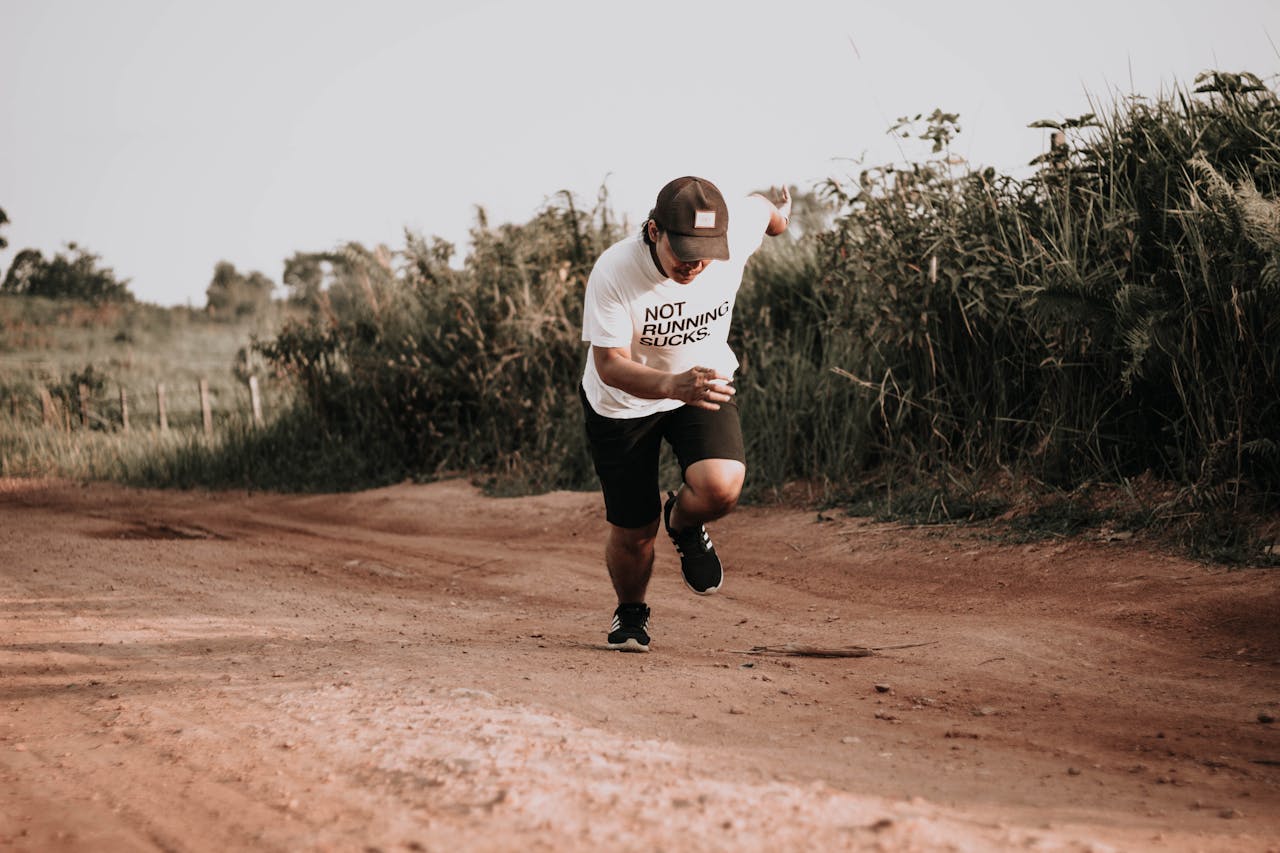Hey there, fellow runners and aspiring athletes! I’m Javier Pineda, a 10-time Ironman Triathlon competitor and sports performance coach in Miami, Florida. Today, I want to explore the exciting world of running. Whether you’re a seasoned marathoner or just lacing up your sneakers for the first time, running has something to offer everyone. Let’s delve into the science, benefits, and sheer joy of hitting the pavement.
The Science Behind Running
It might seem straightforward—just put one foot before the other, right? But there’s a lot more going on beneath the surface. When you run, your body undergoes complex physiological processes that can profoundly affect your health and well-being.
Cardiovascular Benefits
One of the most significant benefits of running is its positive impact on cardiovascular health. Regular running strengthens the heart, improves circulation, and helps reduce the risk of heart disease. According to a study published in the *Journal of the American College of Cardiology*, even small doses of running can significantly reduce mortality rates (Lee et al., 2014). So, even if you’re not training for a marathon, a few short weekly runs can do wonders for your heart.
Mental Health Boost
Running isn’t just good for your body but also for your mind. The “runner’s high” is a well-documented phenomenon where endorphins—your body’s natural feel-good chemicals—are released during exercise. This can lead to reduced stress, anxiety, and depression. A study in the *Journal of Adolescent Health* found that regular physical activity, including running, is associated with improved mental health outcomes in young adults (McMahon et al., 2017). So, next time you’re feeling down, consider going for a run to lift your spirits.
Weight Management
Running can be an effective tool if you’re looking to shed a few pounds or maintain a healthy weight. It burns calories and helps build lean muscle mass, boosting your metabolism. According to research published in *Medicine & Science in Sports & Exercise*, high-intensity running can lead to more significant weight loss than other forms of exercise (Smith et al., 2013). Plus, running outdoors gives you the added benefit of fresh air and changing scenery.
Getting Started with Running
Now that we’ve covered some benefits, let’s discuss how to start. Whether you’re a beginner or returning after a hiatus, these tips will help you ease into the sport.
Choose the Right Gear
First things first: you need the right gear. Invest in good running shoes that provide proper support and cushioning. Visit a specialty running store where experts can analyze your gait and recommend the best shoes for your foot type. Don’t forget comfortable, moisture-wicking clothing to keep you dry and chafe-free.
Start Slow
If you’re new to running, starting slow and gradually building up your endurance is essential. Begin with a combination of walking and running intervals. For example, try walking for three minutes and running for one minute. Gradually increase the intervals as your fitness improves. A study in the *Journal of Sports Sciences* suggests interval training can be more effective for beginners than continuous running (Gibala et al., 2006).
Listen to Your Body
This should be enjoyable, not painful. Pay attention to your body’s signals and avoid pushing through discomfort or pain. If you experience persistent pain or injury, consult a healthcare professional. Remember, rest and recovery are just as important as the workouts themselves.
Staying Motivated
Staying motivated can be one of the biggest challenges for runners, especially when life gets busy or the weather isn’t cooperating. Here are some tips to keep you on track:
Set Goals
Setting goals can give you something to work towards and help you stay motivated. Whether completing a 5K race, improving your mile time, or doing it three times a week, having a clear goal can keep you focused.
Find a Running Buddy
Running with a friend can make the miles fly by and provide accountability. If you don’t have a running buddy, consider joining a local running group or club. According to research in the *British Journal of Sports Medicine*, social support can significantly enhance exercise adherence (Estabrooks et al., 2005).
Mix It Up
Variety is the spice of life and is essential for keeping your routine interesting. Try different routes, terrains, and workouts to keep things fresh. Incorporate interval training, hill repeats, and long runs to challenge yourself and prevent boredom.
The Joy of Running
Running is about more than physical fitness—it’s about finding joy in movement. There’s something incredibly freeing about hitting the open road or trail, feeling the wind in your hair, and letting your mind wander. Running can be a form of meditation, a way to connect with nature, and an opportunity to push your limits.
So, whether you’re chasing personal records or enjoying a leisurely jog, embrace the journey and savor every step. Now go out and enjoy your run!
—
**References:**
- Estabrooks PA, Harden SM, Burke SM. Group dynamics in physical activity promotion: what works? *British Journal of Sports Medicine*. 2005;39(10):754-759.
- Gibala MJ, Little JP, Macdonald MJ, Hawley JA. Physiological adaptations to low-volume, high-intensity interval training in health and disease. *Journal of Sports Sciences*. 2006;24(10):1011-1020.
- Lee DC, Pate RR, Lavie CJ, Sui X, Church TS, Blair SN. Leisure-time running reduces all-cause and cardiovascular mortality risk. *Journal of the American College of Cardiology*. 2014;64(5):472-481.
- McMahon EM, Corcoran P, O’Regan G, Keeley H, Cannon M, Carli V et al. Physical activity in European adolescents and associations with anxiety, depression and well-being. *Journal of Adolescent Health*. 2017;61(2):179-187.
- Smith JD, Pascoe DD, Passe DH. The effects of exercise intensity on fat metabolism in trained athletes. *Medicine & Science in Sports & Exercise*. 2013;45(1):1-9.
Happy running!




